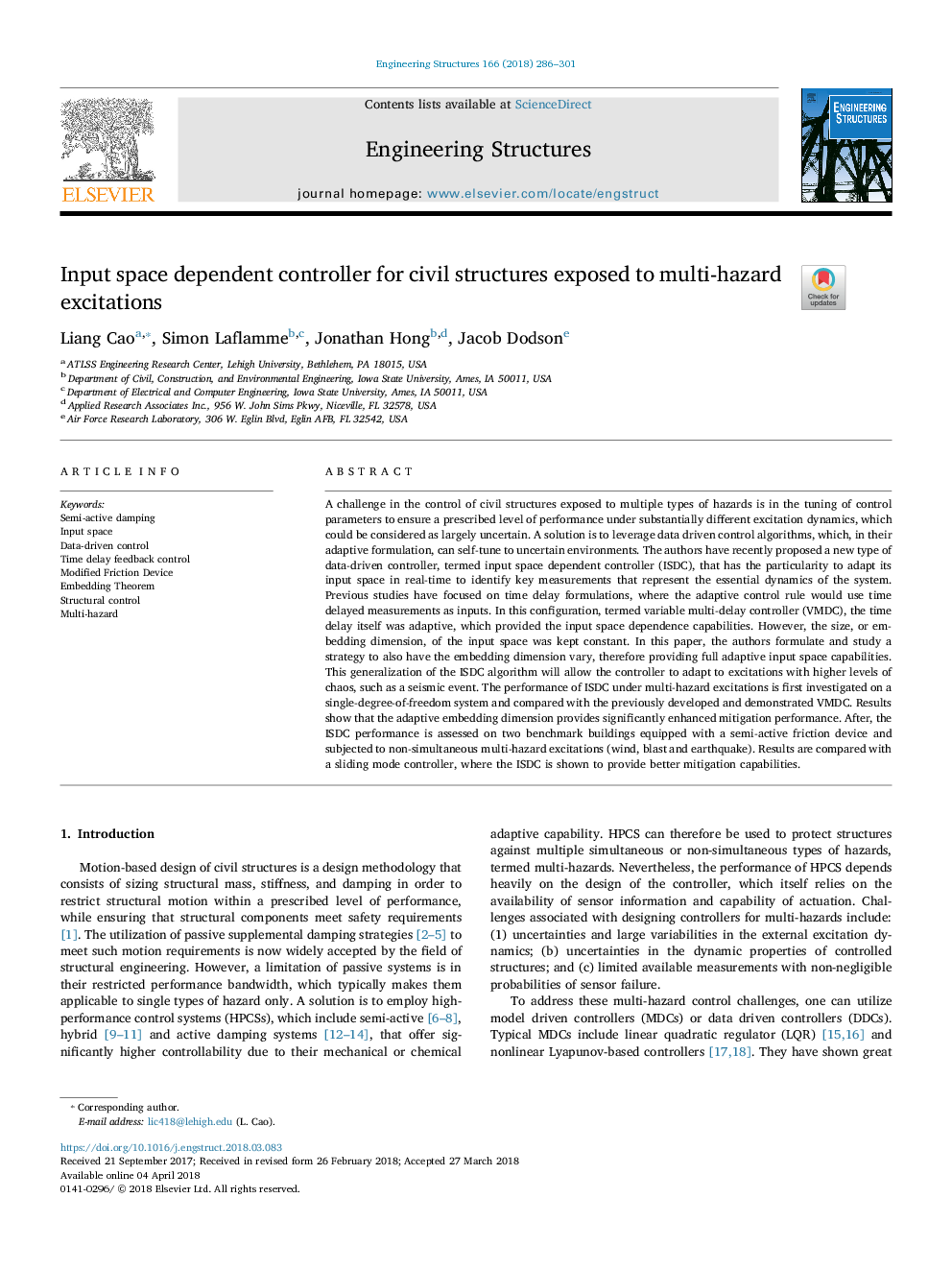ترجمه فارسی عنوان مقاله
کنترل کننده وابسته به فضای ورودی برای سازه های مدنی که در معرض حملات چندین خطر هستند
عنوان انگلیسی
Input space dependent controller for civil structures exposed to multi-hazard excitations
| کد مقاله | سال انتشار | تعداد صفحات مقاله انگلیسی |
|---|---|---|
| 161568 | 2018 | 16 صفحه PDF |
منبع

Publisher : Elsevier - Science Direct (الزویر - ساینس دایرکت)
Journal : Engineering Structures, Volume 166, 1 July 2018, Pages 286-301

